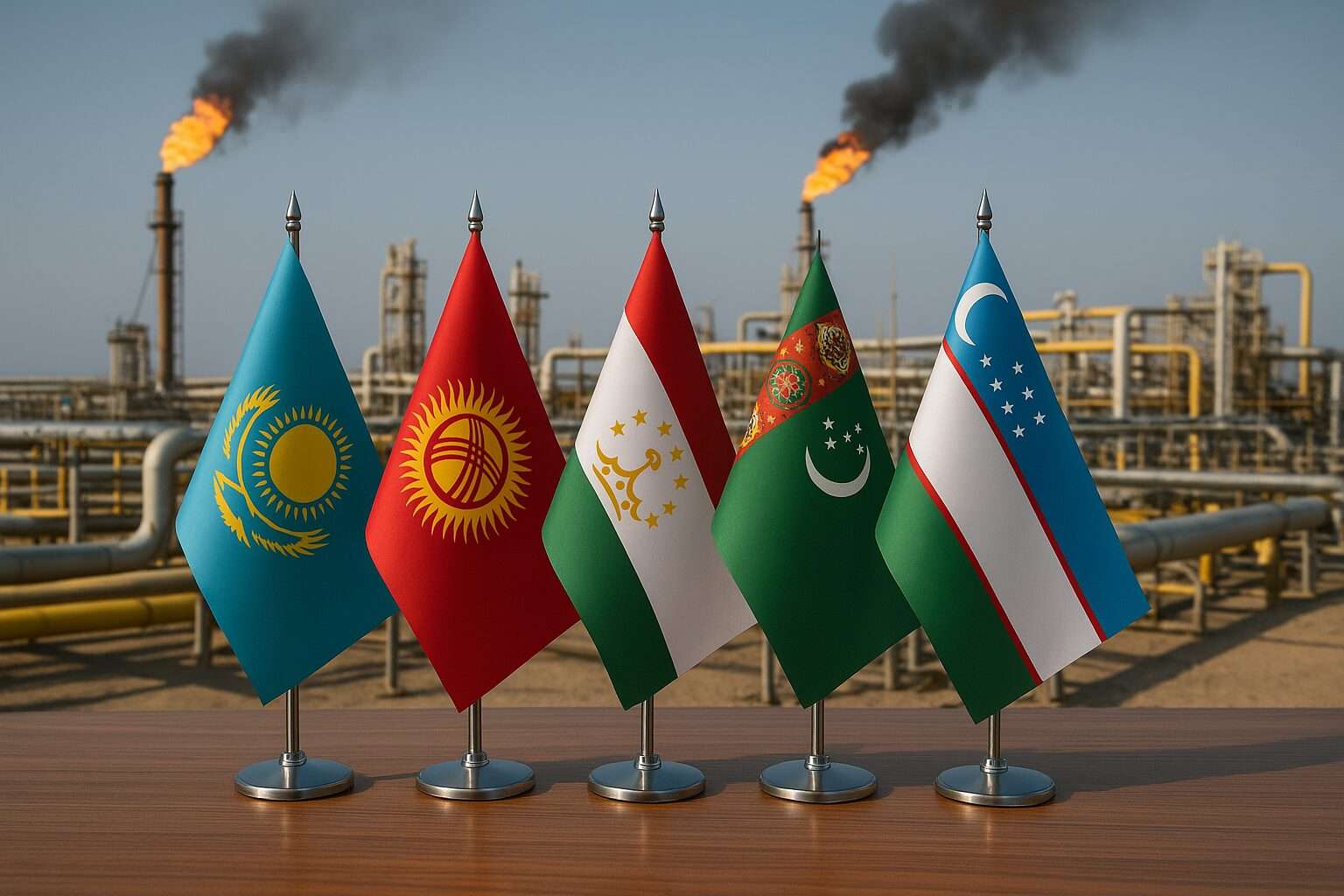Central Asia is experiencing a rising natural gas deficit due to increasing population growth and inadequate infrastructure development. Kazakhstan, Uzbekistan, and Turkmenistan hold the majority of the region’s gas reserves, but production levels are struggling to meet rising domestic demand.
Kazakhstan produces approximately 59 billion cubic meters (bcm) of natural gas annually, while Uzbekistan and Turkmenistan produce around 45 bcm and 81 bcm, respectively. However, domestic consumption is growing faster than production, leading to increased reliance on gas imports from Russia.
Russia continues to exert influence through energy supply and security cooperation, while China’s Belt and Road Initiative (BRI) plays a major role in financing and infrastructure development. Chinese investment has significantly expanded over the past decade, linking Central Asian energy producers directly with Chinese markets.
Despite possessing an estimated 3.5 trillion cubic meters of proven natural gas reserves, the region faces challenges in extracting and transporting gas efficiently. Outdated Soviet-era infrastructure and limited investment in modern technologies hinder production expansion.
Energy data inconsistencies make it difficult to accurately assess reserves and production capabilities. This lack of transparency complicates economic planning and investment decisions.
The Ukraine conflict has introduced new complexities in Central Asia’s relationship with Russia. While energy ties remain strong, Moscow’s capacity to support the region is diminishing. Central Asian governments are seeking to balance their relationships with Russia, China, and Western nations.
The European Union has shown interest in promoting green energy and digitalization in the region, but its involvement remains limited compared to Russian and Chinese influence. Meanwhile, Iran’s potential as a transit corridor offers alternative export routes, although geopolitical tensions and sanctions constrain its effectiveness.
Central Asian governments must pursue economic diversification, infrastructure modernization, and balanced foreign partnerships to reduce dependency risks. Monitoring external influence in the energy sector is crucial for long-term economic stability and security in the region.
— news from SpecialEurasia
